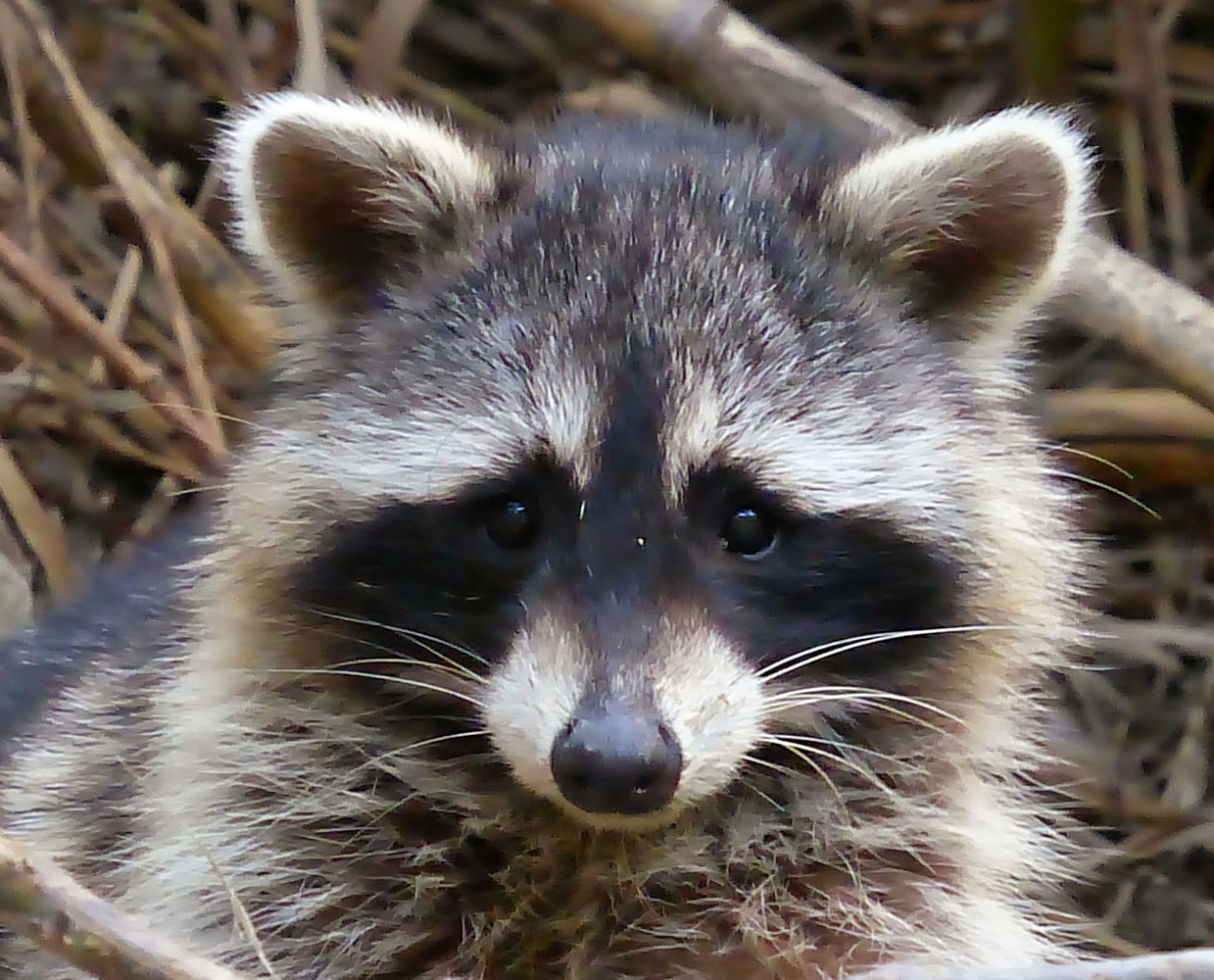Mapaches are fascinating creatures that captivate our attention with their playful behavior and distinctive appearance. Found primarily in North America, these small mammals, also known as raccoons, have adapted to various environments, making them a common sight in urban areas as well as forests. Their intelligence and dexterous front paws allow them to explore and manipulate their surroundings, adding to their charm and intrigue. As we dive deeper into the world of mapaches, we’ll uncover the secrets behind their behavior, habitat, and role in the ecosystem.
As nocturnal animals, mapaches are most active during the night, when they roam in search of food. Their diet is omnivorous, comprising fruits, nuts, insects, and small animals, showcasing their adaptability as scavengers. This adaptability has allowed mapaches to thrive in diverse environments, from rural woodlands to bustling cities, where they often rummage through trash cans for a meal. Understanding the habits of mapaches offers insights into their survival strategies and the impact they have on their habitats.
Moreover, the cultural significance of mapaches cannot be overlooked. They have been portrayed in various forms of media, from cartoons to folklore, often symbolizing cleverness and curiosity. This representation has led to a deeper appreciation of these creatures, encouraging conservation efforts and promoting coexistence with humans. Join us as we explore the many facets of mapaches, from their biology and behavior to their interactions with our world.
What are Mapaches?
Mapaches, or raccoons, belong to the Procyonidae family and are known for their distinctive black "mask" of fur around their eyes. These medium-sized mammals have a bushy tail with alternating rings of color and a stocky body covered in grayish fur. They typically weigh between 8 to 20 pounds and measure about 24 to 38 inches in length, including their tail. Mapaches are known for their dexterity, capable of manipulating objects with their front paws, which are often compared to human hands.
Where Do Mapaches Live?
Mapaches are highly adaptable animals that can thrive in a variety of habitats. They are commonly found in:
- Deciduous and mixed forests
- Wetlands
- Urban areas
- Suburban neighborhoods
These creatures prefer environments with access to water, as they are often seen near rivers, lakes, and streams. Their ability to exploit human habitats has made them increasingly common in cities, where they scavenge for food in garbage bins and around homes.
What Do Mapaches Eat?
Mapaches are omnivorous, which means they consume a wide variety of food. Their diet includes:
- Fruits and berries
- Nuts and seeds
- Insects and worms
- Small mammals and birds
- Human food scraps
This diverse diet not only helps them thrive in different environments but also plays a crucial role in seed dispersion and pest control, benefiting the ecosystem.
How Do Mapaches Behave?
Mapaches are known for their curious and playful nature. They are nocturnal animals, which means they are most active at night. Their social structure is generally solitary, but they can be found in groups, especially during the breeding season or when mothers are raising their young. Mapaches communicate through a variety of vocalizations, including growls, purrs, and chittering sounds.
Are Mapaches Intelligent Animals?
One of the most intriguing aspects of mapaches is their intelligence. Studies have shown that they possess problem-solving skills comparable to those of primates. Their ability to use tools, open containers, and navigate complex environments highlights their cognitive capabilities. This intelligence is not only essential for foraging but also for avoiding predators and adapting to changing environments.
What Role Do Mapaches Play in the Ecosystem?
Mapaches contribute significantly to their ecosystems. Their foraging habits help control insect populations and distribute seeds from the fruits they consume. By scavenging, they also help clean up the environment, breaking down organic materials and recycling nutrients back into the ecosystem. Their presence can influence the populations of other species, making them an integral part of the food web.
How Can We Coexist with Mapaches?
As urban areas expand, interactions between humans and mapaches become more frequent. To coexist peacefully with these clever creatures, it's important to:
- Secure trash bins and compost piles to prevent scavenging
- Remove pet food from outside areas
- Close access points to attics, basements, and garages
- Educate the community about the importance of mapaches in the ecosystem
By taking these steps, we can minimize conflicts while appreciating the role of mapaches in our environment.
What Are Some Fun Facts About Mapaches?
Mapaches are full of surprises! Here are some fun facts:
- Their front paws have highly sensitive tactile receptors, allowing them to "feel" objects in the dark.
- Mapaches can rotate their hind feet to descend trees headfirst.
- They are known for their "dipping" behavior, where they rinse their food in water before eating.
- Mapaches can live up to 3 years in the wild, but in captivity, they can live more than 10 years.
Conclusion: Embracing the Mapaches Around Us
Mapaches are more than just masked bandits; they are intelligent, adaptable, and essential members of our ecosystems. By understanding their behavior, dietary needs, and the role they play in the environment, we can foster a respectful coexistence with these intriguing creatures. As we share our spaces with mapaches, let us appreciate their unique contributions to the world and work towards creating a harmonious relationship that benefits both humans and wildlife.




